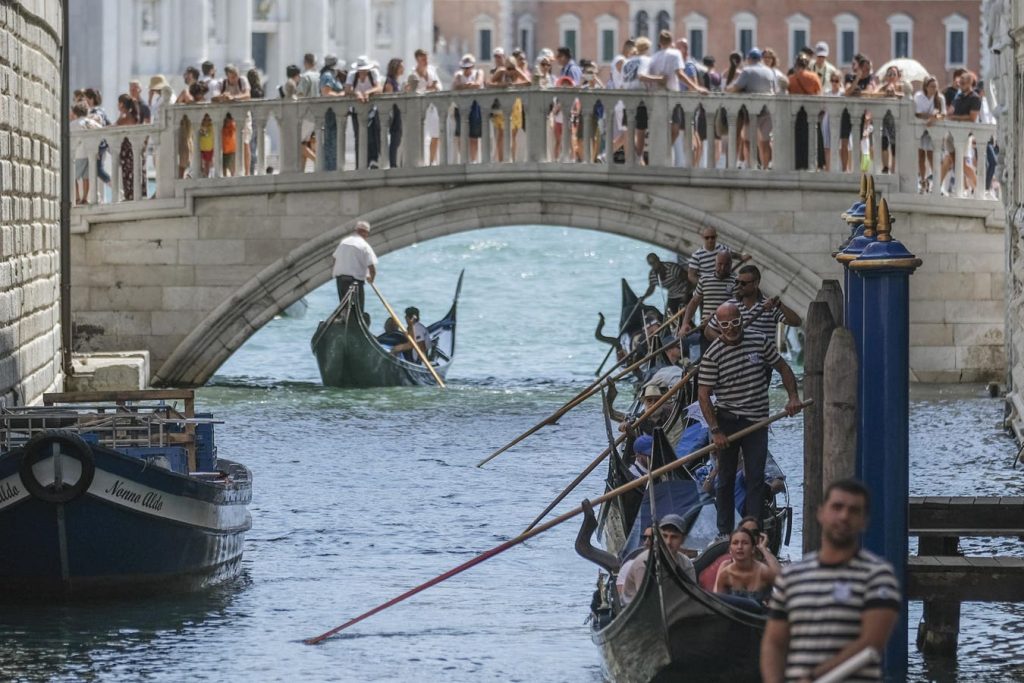The city of Venice has recently implemented a tourist tax to regulate the influx of visitors and address issues related to overcrowding and preservation of infrastructure. The five euro fee is applicable to all day-trippers until July 14 and can be paid in conjunction with room fees for those staying in accommodations handling compliance. Travelers not staying in such establishments must carry proof of payment for the tax, which allows access for the day to Venice and the surrounding islands of the Venetian Lagoon.
Venice, known for its architectural beauty, Renaissance history, and cultural significance, has become a popular destination for tourists from around the world. The city faces challenges related to crowd management and preservation of its unique infrastructure. The implementation of the tourist tax, officially known as an access fee, aims to manage visitor numbers and internalize the externalities created by mass tourism in the historic Floating City.
The access fee is intended to discourage short-term visitors, including day-trippers who may spend little during their brief stay. By varying the fee based on congestion levels, the city can incentivize tourists to visit during off-peak times or when demand is lower. This dynamic pricing model aims to reduce congestion, prioritize visitors likely to spend more time and money in the city, and generate revenue for ongoing infrastructure maintenance and cultural heritage site preservation.
Enforcement of the access fee involves checking tourists at entry points and potentially elsewhere to ensure compliance. Critics of the measure argue that it could turn Venice into a theme park and may not effectively address the underlying issues of overcrowding and decline in the local population. The city has seen a decrease in year-round residents due to the impact of mass tourism on infrastructure and quality of life. The access fee policy is intended to strike a balance between tourism revenue and maintaining a sustainable population, but its long-term effectiveness remains unclear.
Revenue generated from the access fee program will be used to finance the maintenance of infrastructure and cultural heritage sites impacted by increased tourism. By directly connecting the fee to the preservation of key attractions that draw visitors to Venice, the policy aims to internalize the externalities generated by tourism. This approach aligns with the city’s efforts to manage the impacts of mass tourism while preserving its unique cultural and historical heritage for future generations.
The implementation of the tourist tax in Venice has sparked controversy among residents and visitors alike. While some view it as a necessary measure to address overcrowding and infrastructure issues, others see it as detracting from the city’s authenticity and turning it into a commercialized tourist destination. Ultimately, the success of the access fee policy will depend on its ability to strike a balance between leveraging tourism revenue and maintaining the city’s cultural integrity and quality of life for residents and visitors alike.


